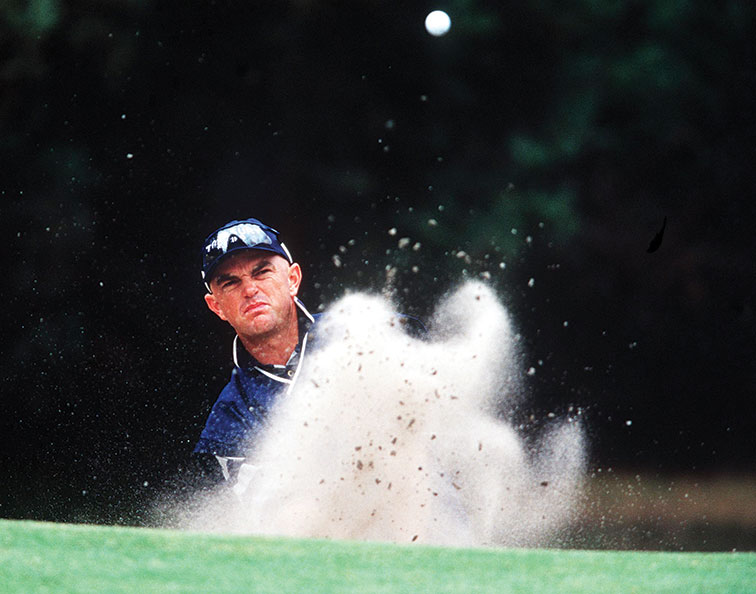A RATHER unkind friend once described my only professional tournament win in Europe as being akin to a paraplegic scaling Everest. Seventeen years later, somehow he’s still my friend, and I’m still the reigning Slovenian Open champion as a result of that Challenge Tour victory in 1999.
What my friend hasn’t offered is my defence of the title stands as one of the most remarkable winning streaks in golf (he may beg to differ, but the fact the tournament hasn’t been played since shouldn’t devalue my theory).
With every passing year and on each occasion I recount the tale, the field that week seems to get stronger, the conditions tougher, and the fight down the stretch more combative. If I was a fisherman, by now I would have Moby Dick on the end of my line.
I only wish the purse grew in similar proportion to my memories. Prizemoney for second-tier events in Europe and Asia are a fraction of those on the European and US PGA Tours, with wins rarely offering the sort of financial security and exposure that comes with those at the two big dances.
What they do offer, however, is often a look at parts of the world you were otherwise unlikely to see.

The Slovenian Open was played in a town called Bled, which has to be one of the most picturesque places on earth. Surrounded by mountains, and built around a crystal-clear lake with an island monastery in the middle, it is breathtaking in its beauty and tranquility. To be fair, it seemed a highly unlikely place to be holding a professional golf tournament, but you didn’t hear anyone complaining. I would hazard a guess that most of the field would have been happy to go back for another shot the following year, but the tournament sponsor decided to put his money into a professional soccer team, and the Slovenian Open was no more.
It’s not the least likely place that I’ve been to in pursuit of a golfing dollar. Guam, Myanmar, India and regional China in the mid 1990s are all worthy of honourable mentions.
The Indian PGA Championship of 1994 tops the list by virtue of my memories of the Army Golf Club in Delhi. It was a course where trees grew in the middle of the fairways on most holes, in many cases blocking out all view of the greens.
When I asked one of the generals in attendance about the unusual design characteristics, and if there were any plans to allow players to see what they were aiming at, I was politely given short shrift. “This is India,” he replied. “We respect living things.”
Then there was the Vietnam Open of 1997, played on a course where the routing dodged large impressions in the ground, many of which had wooden signs in the middle with Vietnamese writing on them. It turned out that these holes were actually bomb craters from American air raids during the Vietnam War as the area was a significant Viet Cong tunnel complex. As it was interpreted to me, the signs contained less than flattering words about the Americans and their activities. The residue of those tumultuous times was still clearly evident decades on, and the consequences neither forgotten, nor forgiven. The tournament was won by Australian golfer Andrew Bonhomme, with the victory being celebrated in memorable fashion later that night at the Apocalypse Now nightclub. It was a significant week, because apart from being handsomely robbed of some US dollars by a rickshaw driver in the early hours of the following day, it was also Bonhomme’s first win on tour.
Two years later, he was my roommate in Bled. Little did we know at the time of the significance. Twenty years on, the Vietnam Open is his only international win. And he remains the defending champion.



